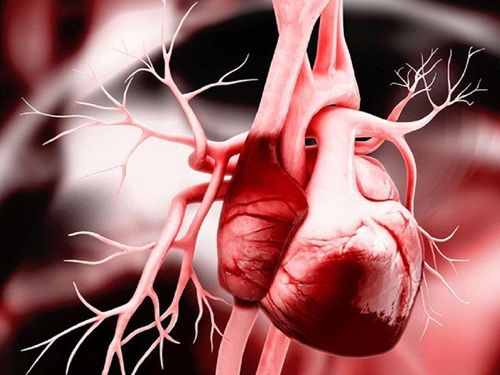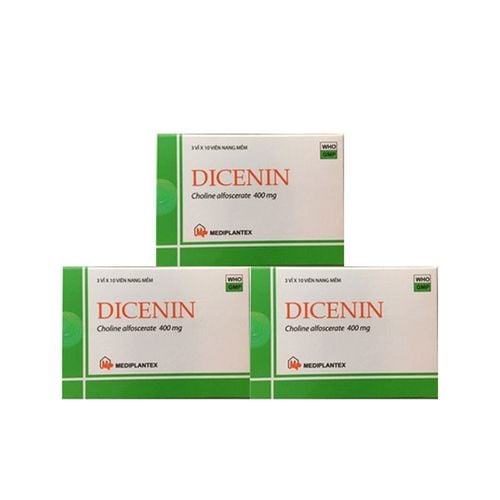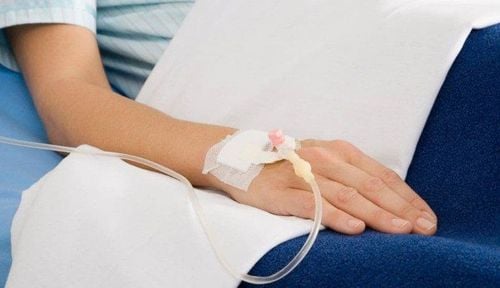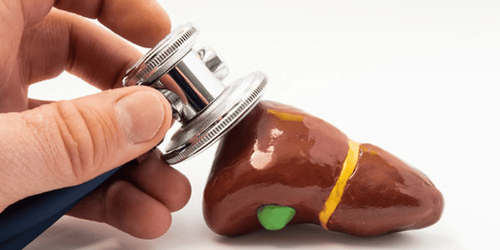This is an automatically translated article.
The article was professionally consulted by Specialist Doctor I Huynh Kim Long - Emergency Resuscitation Doctor - Emergency Resuscitation Department - Vinmec Da Nang International General Hospital.Principles of first aid for trauma victims due to traffic accidents are performed in the order of approaching the airway - breathing - circulation - nerves - exposing the whole body. This method is applied in all clinical emergencies for immediate assessment and treatment of patients, improving survival rates and subsequent outcomes.
1. Introduction to the principles of first aid for traffic accident victims
Method of Airway (A – Airway), Breathing (B – Breathing), Circulation (C – Circulation), Nerve (D – Disability) and Whole body (E – Exposure) method is a systematic method. system to immediately evaluate and treat patients who are seriously ill or injured due to traffic accidents in particular and events affecting the body in general.
Plants, this method is applicable in all clinical emergencies, can be used on the street without any equipment, for purposes that need to be achieved in the field as follows:
Increase the chance of saving a victim's life Break down complex clinical situations into more manageable parts Implement assessment and treatment Establish common situational awareness among all caregivers health, such as between the emergency team and the hospital Prolong survival time to establish correct diagnosis and treatment
2. When is it necessary to perform first aid for traffic accident victims?
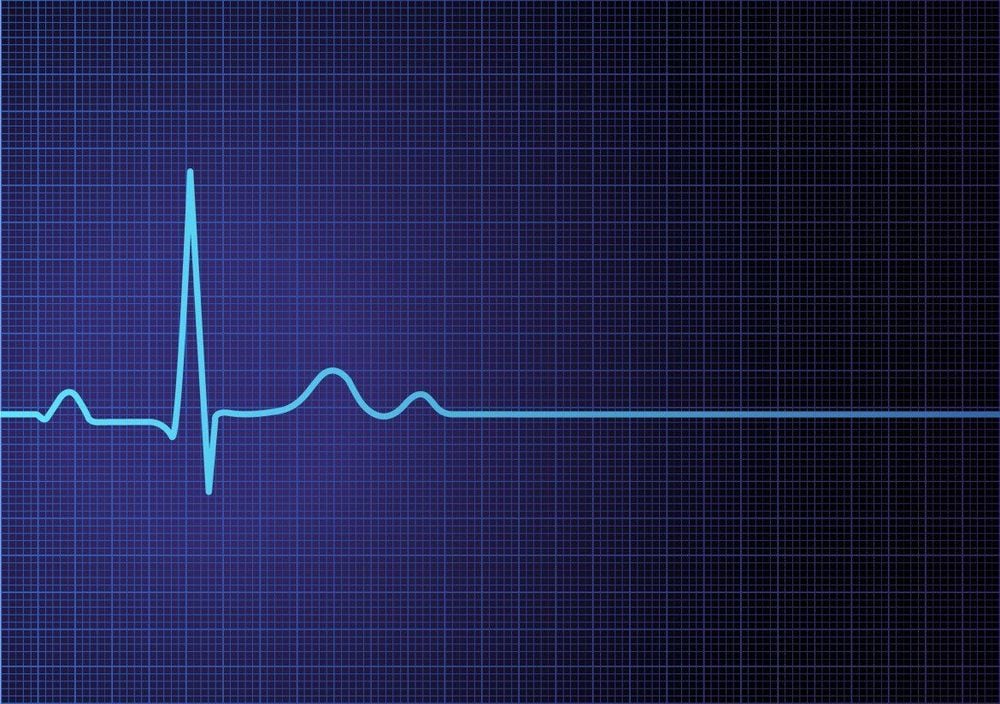
The ABCDE method is applicable to all patients, both adults and children.
The clinical signs of critical conditions are similar regardless of the underlying cause, in particular for the conditions of traffic accident trauma. Accordingly, regardless of the cause of the injury or the mechanism of action, these are not necessary when performing initial assessment and treatment. Therefore, the ABCDE method should be used whenever serious illness or injury is suspected.
It is also a valuable tool to identify or rule out important conditions in everyday practice. In particular, patients in cardiac arrest are often preceded by adverse clinical signs, and these signs can be recognized and treated with ABCDE to potentially prevent subsequent cardiac arrest. In other words, cardiopulmonary resuscitation in ABCDE is also recommended as the first step in post-resuscitation care when spontaneous circulation is restored.
All health care professionals, professional and non-professional, may encounter people who are ill or seriously injured, at work or in private life, and may therefore need to implement the ABCDE method.
Moreover, CPR is also a skill that every citizen needs to have, in order to give the victim a better chance of saving his life than doing nothing. As such, treatment can be initiated at the scene without any advanced equipment or interventions, in order to prolong the life of the victim until an ambulance arrives.
3. How to implement the principle of first aid for traffic accident victims?
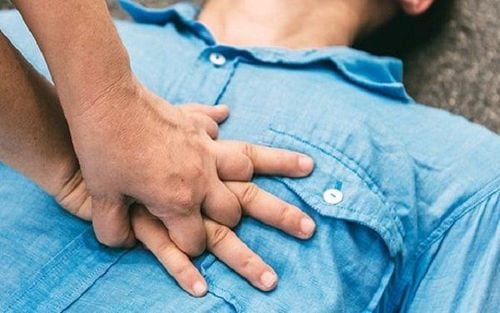
With the ABCDE sequence approach, the initial assessment and treatment are done simultaneously and continuously. Even when the critical condition is obvious, the cause can still be elusive. In such situations, life-saving treatment must be instituted before a definitive diagnosis has been reached. Early recognition and effective initial treatment will prevent further deterioration and allow time for a definitive diagnosis and treatment to be focused on the cause.
Following the ABCDE sequence, first, life-threatening airway problems are evaluated and treated; second, respiratory, circulatory, neurological problems and, ultimately, other life-threatening damage to the body, are evaluated and treated. Thus, when this structured approach is applied, the goal of identifying life-threatening problems and treating them to correct them will be quickly and effectively achieved.
Before performing ABCDE, first responders must ensure their own safety. Then quickly observe by looking at the patient through skin colour, perspiration, surroundings, etc. Although this may be simple, the clinical value achieved is very high and the approach There is a system outlined below that will help improve the quality of first aid:
A - Airway: is the airway clear?
If the patient has a normal voice response, assess that the airway is still open. Conversely, the victim may have had partial or total airway obstruction. Signs of a partially blocked airway include a change in voice, rapid breathing, shortness of breath, and needing to work harder to breathe. With a completely obstructed airway, the victim will be completely free of any signs of spontaneous respiration. At the same time, decreased level of consciousness is also a common cause of airway obstruction, partial or total; and vice versa, if the airway is blocked, the patient will quickly fall into respiratory failure and will also lose consciousness.
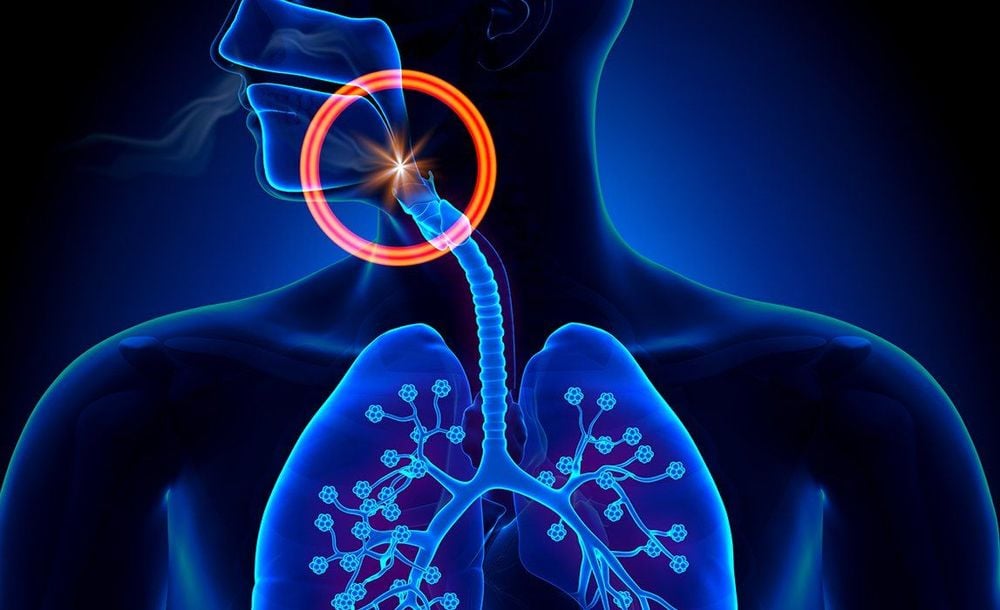
Untreated airway obstruction can quickly lead to cardiac arrest. It is therefore recommended that the victim assess the airway as a first step, by tilting the head and lifting the chin to open the airway. If appropriate equipment is available, mucus, vomit, and blood should be aspirated from the airway to clear the obstruction.
B - Breathing rate: is the breathing rate enough?
When airway can be secured, determine the victim's ability to spontaneously breathe by examining chest wall movement based on observation of proportional mobility and use of accessory muscles of respiration. In addition, observe the victim's skin color, determine the cyanosis, distended neck veins, and displaced trachea to know if the impact force in a traffic accident affects the ability to breathe or not. .
If it is determined that the patient is not able to breathe on his own or the breathing is not guaranteed, it is necessary to give rescue breaths to create a source of artificial ventilation into the patient's chest.
C - Circulation: Is Cardiovascular Function Sufficient?
Capillary filling time and pulse rate can be assessed by observing mucosal skin color and central pulse by palpating inguinal and carotid pulses. These markers then help provide evidence for the functioning of the circulatory system.
If the patient changes color, sweats, cyanosis, and decreased level of consciousness are signs of hypoperfusion. If there is no pulse for 10 seconds, the patient has had cardiac arrest. At this time, cardiopulmonary resuscitation should be performed immediately with proper chest compressions, combined with alternating breaths and breaths, in order to re-establish effective circulation to the brain and minimize severe sequelae. after.
D – Nervous: what is the level of consciousness?
The level of neuroconsciousness can be rapidly assessed by AVPU method, where the patient is classified as awake (A), capable of voice response (V), responsive to pain (P) or unresponsive (U). Alternatively, the Glasgow coma score can be used in post-traffic traumatic brain injury.
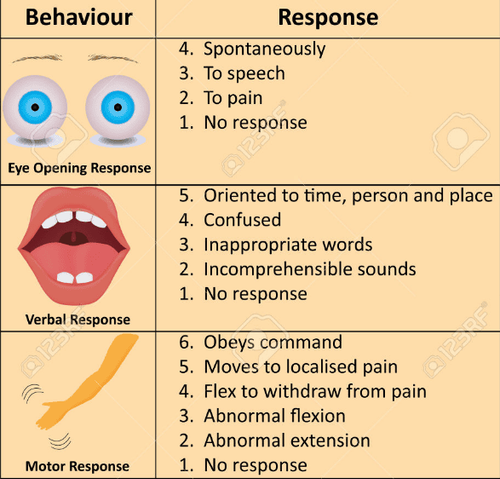
The best immediate treatment for patients with impaired consciousness is still primary airway, respiratory, and circulatory stabilization. In particular, when the patient has spontaneous breathing, whether unresponsive to painful stimuli or unresponsive to any impact, emergency personnel must continue to ensure airway patency by placing the patient. Get into a safe recovery position until an ambulance arrives.
E – Disclosure: find any lesions associated with the patient's condition?
Must observe signs of injury, mechanism of injury, amount of bleeding... to quickly fix and stop bleeding. To do this, it is necessary to quickly expose the patient so that a comprehensive physical examination can be carried out. At the same time, the body temperature should not be overlooked, which can be estimated by feeling the skin outside to warm or cool the patient if the body temperature is too low or too high.
Finally, after completion of the initial ABCDE assessment and management, these sequenced evaluations should still be repeated until the patient is fully stabilized or when a professional emergency team has arrived on the scene. Accordingly, it must be remembered that it can take up to several minutes before the effects of an intervention are evident, but by missing a few seconds, the victim's chances of survival are rapidly reduced.
In summary, the principle of first aid for traffic accident victims performed according to the ABCDE method sequence is a powerful clinical tool for initial assessment and treatment of patients at the scene. . Accordingly, these movements need to be popularized and mastered in the community, not only to help provide first aid before hospital admission, but also to improve survival outcomes and limit long-term sequelae.
Traffic accident injuries are serious cases that can be life-threatening if not diagnosed and treated early. Patients must immediately go to medical facilities for diagnosis and emergency treatment. Vinmec International General Hospital is a prestigious medical address with:
The team of doctors and emergency nurses at the Department are intensively and professionally trained, able to receive and handle urgent medical cases. Severe patients Always coordinate with all other specialties such as musculoskeletal, spine, chest, abdominal... quickly. There are modern equipment in diagnosis and treatment.
Please dial HOTLINE for more information or register for an appointment HERE. Download MyVinmec app to make appointments faster and to manage your bookings easily.






